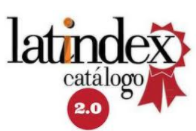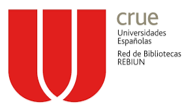Integration models in Latin America:
objectives, mechanisms and actors
DOI:
https://doi.org/10.35305/cc.vi127.34Keywords:
regional integration, integration models, post-liberal regionalismAbstract
Since the second half of the twentieth century, different integration experiences have been developed in Latin America; depending on their objectives, applied mechanisms and actors who intervened, these can be grouped into different integration models. This is: analytical constructs that try to explain in a simplified way the structural characteristics of the integration processes and that allow describing, explaining and comparing, for example, to MERCOSUR with the European Union This paper compares three Latin American models: the structuralist, open regionalism and post-liberal regionalism, pointing out their links with the development models and proposing discussions with the literature on the subject. In particular, we try to argue that the category of “post-liberal regionalism” has certain weaknesses that make it difficult to use it to explain recent experiences of integration in the region.
Downloads
Downloads
Published
How to Cite
Issue
Section
License
Copyright (c) 2020 CUPEA Cuadernos de Política Exterior Argentina

This work is licensed under a Creative Commons Attribution-ShareAlike 4.0 International License.
Aquellos autores/as que tengan publicaciones con esta revista, aceptan los términos siguientes:
- Los autores/as conservarán sus derechos de autor y garantizarán a la revista el derecho de primera publicación de su obra, el cuál estará simultáneamente sujeto a la Licencia Creative Commons Reconocimiento-NoComercial-CompartirIgual 4.0.
- Los autores/as podrán adoptar otros acuerdos de licencia no exclusiva de distribución de la versión de la obra publicada (p. ej.: depositarla en un archivo telemático institucional o publicarla en un volumen monográfico) siempre que se indique la publicación inicial en esta revista.
- Se permite y recomienda a los autores/as difundir su obra a través de Internet (p. ej.: en archivos telemáticos institucionales o en su página web) antes y durante el proceso de envío, lo cual puede producir intercambios interesantes y aumentar las citas de la obra publicada.
















